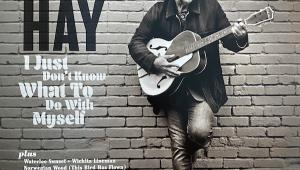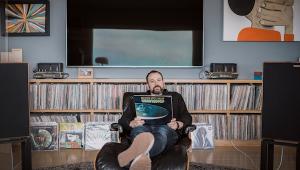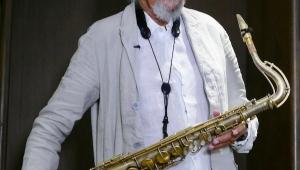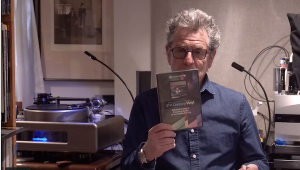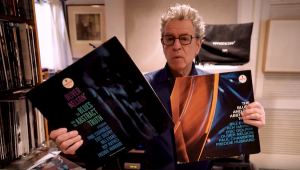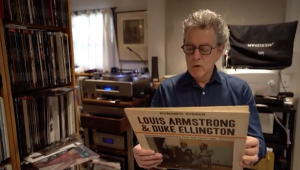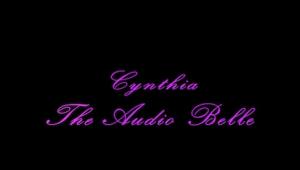Bruce Hornsby on Grinding and Grinding to Get Impeccably Satisfying ’Flicted Album Mixes on Vinyl
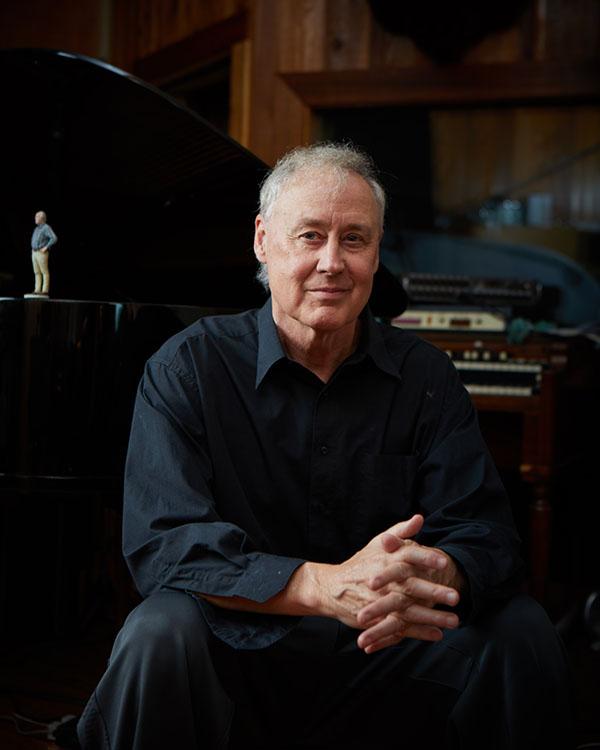
“Most people don’t really know much about me,” says Bruce Hornsby. “They have no idea about most of what I do. They just know a few songs from the Pleistocene epoch — and that’s fine. That’s okay. I like those songs. I still play them.”
Now, by “Pleistocene epoch,” pianist/vocalist Hornsby is semi-jokingly referring to his mid/late-1980s chart-presence heyday when ubiquitous songs like “The Way It Is,” “Mandolin Rain,” “The Valley Road,” and “Across the River” cemented his status as a piano-based composer with a knack for creating melodic radio hits. But as those of us who have been following the Williamsburg, Virginia native’s career for four-plus decades and counting know, Hornsby’s talents as an envelope-pushing artist, forward-thinking songwriter, and instinctual improviser reach much, much deeper than the radio-friendly songs that shared much airwave space on the AM/FM dials back in the day.
“I’m a bit of a restless soul, and I’m interested in trying new ways and new approaches to things,” Hornsby continues, this time quantifying the artistic scope of the even-dozen tracks that comprise his current, and quite vibrant, May 2022 studio release, ’Flicted (Zappo Productions/Thirty Tigers). Please also take note that ’Flicted is now available on 180g 1LP vinyl pressed by IRP (Independent Record Pressing) in Bordentown, New Jersey, with lacquers cut by Chris Muth.
Me, I have in hand the black-vinyl version of ’Flicted that also came with a yellow, 2½-inch-circumference spherical hype sticker. There’s a limited-run yellow vinyl version that Hornsby equates the hue of as being “a pastel, Wes Andersonesque yellow” — which, to my mind, means it’s quite similar to the hype sticker’s color palette, as well as what’s seen on the striking cover art (the latter of which we’ll discuss in great detail later on in this story).

At any rate, ’Flicted swings mightily in its breadth of musicality — a hallmark of Hornsby’s latter-day output, truth be told — from the experimental round-with-a-twist approach to “Sidelines” to the burbling EDM thrust of “Maybe Now” to the emotional orchestral reveries of “Simple Prayer II.” ’Flicted also features key guest turns from the likes of Ezra Koenig of Vampire Weekend, Danielle Haim of Haim, vocalist Z Berg, and noted chamber ensemble yMusic. In effect, ’Flicted completes an album trilogy of sorts, acting as the third platter following April 2019’s Absolute Zero and August 2020’s Non-Secure Connection, both of which are also available on 180g wax via Zappo Productions (if you can find them, that is).
Speaking of guests, jazz drumming legend Jack DeJohnette makes an appearance on the new album’s final track, “Point Omega,” which swings in all the right ways you’d expect, replete with Hornsby’s brief opening scat lines and finely doubled vocals. “That’s a cue that was never used, and, yes, that’s Jack with a string orchestra,” Hornsby confirms. “I sequenced it that way at the end of the record because with this album being the third of the trilogy, I thought they were bookends. ‘Point Omega’ was originally was written for Absolute Zero, and it was the spiritual cousin — the sonic brother — of the song ‘Absolute Zero,’ which is the first song on that record. I decided to bookend the three records together in that way by having the first song, and then the last song of the third record — which are No. 1 and No. 32 overall — packaged with a string orchestra.” (Absolute perfection, imo.)
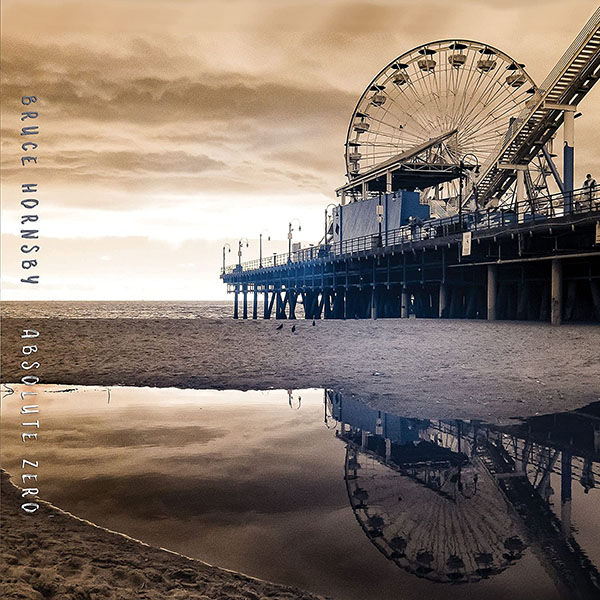
Recently, Hornsby, 67, and I got on Zoom together to discuss why ’Flicted is perfectly suited for vinyl, why he was so meticulous about the album’s sequencing, and how he and his longtime engineer Wayne Pooley figure out what sounds work best for him in the studio. I stepped on a crack and tilted the world / I swept in and left them aswirl. . .
Mike Mettler: ’Flicted is a record that has quite the cinematic quality to it. Tracks like “Sidelines” and “The Hound,” with all the string quartet elements and percussive effects, are particularly suited for vinyl playback, in my opinion.
Bruce Hornsby: Well, you’re talking about two songs that are fairly sparse in their production, as they’re really “open.” Those are the kinds of tracks that really come forth and blossom sonically on vinyl, yes. It’s a very tangible difference to me.
And I find it quite tangible on the vinyl we’re producing because there’s an audience for it now, which is just beautiful. I love that, because every time we hear the rep who comes to us from the vinyl plant, we always just sit back and go (exhales), “Ahhhh. It’s so warm and punchy and gorgeous and open.”
So, you’re right. You picked two songs for which that extra attention is welcome — and it’s easily heard on vinyl to be a better version than, say, on the CD.
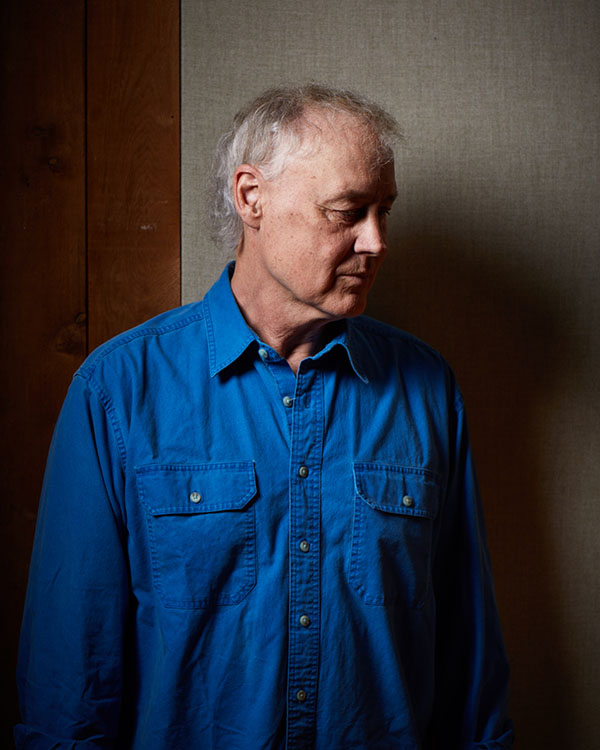
Mettler: Something I hear throughout the whole record is the specific vocal character and inflection choices you’ve made. Sometimes your voice will be high and other times it will be low, and sometimes it does both things within the same line. Four-plus decades into your career, do you feel this is the “favorite version” of your singing voice, now that you’ve got all these tools in the shed — tools that weren’t really available to you as a singer back in 1986?
Hornsby: Yes. Emphatically, yes! (laughs heartily) There’s no comparison, to me. I feel like I’m just miles beyond. Look, I’m a lifelong student, in every way. I’m always working on my instrument. I’m a terrible accordion player but it doesn’t stop me, and that’s fine.
Mettler: (laughs) Well, you are a Noisemaker — and it says so, right there in the name of the band. [The Noisemakers is the name of Hornsby’s touring band.]
Hornsby: (laughs) That’s about all you can say about my accordion playing — I make a sound on it, a noise.
But I’m deeply involved in, and still interested in, virtuosity on the instruments. I work on that, and I’m always looking to improve in every way — as a songwriter, broadening my range stylistically, and vocally too. So, yes — thanks for noticing! (chuckles)
Mettler: No problem! Do you feel like you have a mission of bringing classical music elements to listeners who may not be as familiar with, say, Bach?
Hornsby: Not specifically Bach, though I play at Bach because I love it — but that specific composer is not really part of my influence area. I think where I come down on this — as far as sort of “old-time music” for me goes — is true, American old-time music in the gospel tradition, and bluegrass to a lesser degree. I’m really talking about the Harry Smith Anthology of American Folk Music [the acclaimed three-album Folkways Records compilation released in August 1952]. Take a listen to that. That’s Exhibit A for what I’m talking about.
And that’s led me to my dulcimer writing area of music, which is showcased on two songs on this new record — “LIDAR” and “Is This It.” That’s sort of my “folkie corner” on this record — a little palate cleanse from the middle after the ballad I do with Danielle Haim called “Days Ahead.”
Mettler: And it’s a nice tone break, too — something that says to me you understand sequencing, because this is a record that should be listened to in the order you give it to us. To me, for example, Track 2 [on Side A], “Tag,” couldn’t be right after “Is This It” [Track 9 overall, but Track 3 on Side B].
Hornsby: I can tell you specifically why I did that. Most of my records tend to be — and certainly in the last many years — fairly stylistically disparate. And it’s interesting you say that, because it’s sometimes difficult to sequence this music. What I did this time was, I sequenced it in stylistic sections. The first two songs, “Sidelines” and “Tag,” they’re guitar-driven songs. Blake Mills wrote that very hypnotic guitar part that runs through the whole song, so it’s guitar-based. The second song, “Tag,” features Bruce H. McGuinn [i.e., Hornsby himself] playing Rickenbacker 12-string. It’s got that classic “Byrdsy” sound.
And then “The Hound” is the stylistic bridge between those two. It’s a little bluesy, so it leads into the jamming section of “Too Much Monkey Business,” plus the two EDM songs, as you’ve called them [“Maybe Now” and “Bucket List”].
But after those three — which are kind of bangers, at least in my world — I thought, “Ok, there needs to be a pause.” We needed sort of a nice “ahhh” moment, and that was “Days Ahead.”
And then I go into what I just mentioned — the folkie corner section, with those two dulcimer songs [“LIDAR” and “Is This It”]. And then the record moves outward a little more, with the stylistic range of the last three [“Had Enough,” “Simple Prayer II,” and “Point Omega”].
And you’re right, it is a trick to do that — and that’s why I did it. If you like this part of what I do, then go listen to these songs — they’re right there together for you! (chuckles)
Mettler: Tell me about the working relationship you have with Wayne Pooley, who’s been your engineer for, like, centuries now. You guys must have a really good shorthand about the sound you need to get out of your main instrument, the piano. Do you guys have a pre-pro meeting where you discuss what you hope to get during your recording sessions?
Hornsby: Man, we’ve just struggled. I consider we’re just grinders, and we work really hard to try to get something that’s close. On a piano level, I think we’ve just figured it out through the years. The piano is fickle, okay? I have a couple of Steinway concert grands in here that I record on — a Hamburg Steinway, and a New York Steinway. They’re very different instruments. Keith Jarrett always said you can’t play blues on a Hamburg Steinway, because the American Steinway is the one — and I hear that. I would agree, in my experience.
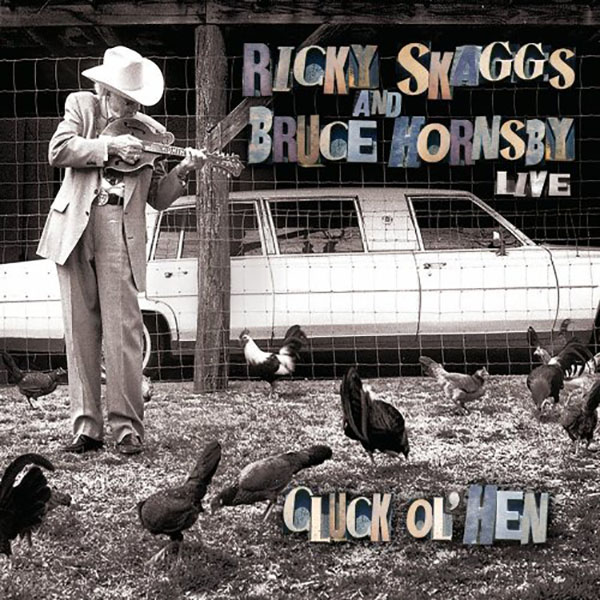
Hornsby: We’ve come through the years full circle. We used to use [AKG] 414s [microphones]. I’d been making a couple of records with Ricky Skaggs. I’m really proud of those records — [March 2007’s] Ricky Skaggs & Bruce Hornsby, but maybe the best one is the [2013] live record called Cluck Ol’ Hen, because it’s so vibrant and joyous. It’ll make you get a speeding ticket, that one (MM laughs) — Ricky just plays fast, and faster.
I’m the dilettante in the room. When I played with those guys, for the two weeks before I’d go out with them, I’d set the metronome way at the top, and I just try to try to get there. I try to get close, because these guys have been doing this since they’re babies. They’re freaks! (laughs)
Anyway, we started using some [JTS] 264s [microphones] I bought when I was working with Ricky because I liked the sound they were getting with them on my voice. Now we’re using that on the piano — the New York [Steinway].
When it comes to Wayne — I wouldn’t say we have our process down. We’re always tweaking, always trying to find new ways. And pianos change through the years. They change in different ways — some gracefully, some not so. Just what you think was really working for you in 2012, but then,10 years later, it’s, “Hmm — some alchemic process has changed this in the room where we’re recording.” It’s a little intangible for me.
That’s the long-winded way of saying, I’m not sure we really know exactly what we’re doing all the time. (chuckles) But I must say, working with [producer] Tony Berg on this record — they have a very strong sense of this sort of thing. He’s worked with [guitarist] Blake Mills. They took over Sound City, and they just do great work.
I think some of the sonic quality of this record can be attributed to two things — the skill and knowledge and artfulness of Tony’s whole world, and my guy Wayne’s. And then it’s my willingness to just grind and grind until they finally are satisfied! (laughs)
Mettler: Well, I think it’s fair to say that grinding of yours, and theirs, has fully paid off. (laughs) When you were starting out, you were looking to artists like The Grateful Dead who were a generation back, and you were trying to connect with them as influences too. Now you’re receiving it the other way, in terms of younger artists looking to you as an influence.

Hornsby: It’s so true! Yeah, it’s such a beautiful situation. I’m so fortunate to have had this thing where, when I first came out, my music was moving some people who were heroes of mine — artists who were a bit older than I was. I guess you could simply put it like, say, in 1991, I was collaborating with Robbie Robertson [of The Band]. We wrote a song called “Go Back to Your Woods” for his second solo record called Storyville [released in September 1991]. That was with someone who was a bit older than I was at a time. [In 1991, Robertson was 48, and Hornsby was 37.] He’s a beautiful, grateful friend of mine.
And so now you go from Robbie Robertson to Justin Vernon [of Bon Iver], or Ezra Koenig [of Vampire Weekend]. It’s reversed now, and that’s very nice — and always inspiring.
I loved working with different artists at that time I was working with Robbie because I got to work with them on their records, and I learned their process. It was so interesting to me. Robbie would always say, “I like to cast my records like a film director. Who do I hear in my head who would sound amazing on this record?”
And so, I started doing that myself. As you saw the guests lists on my records like [April 1993’s] Harbor Lights, and even on the last Range record, [May 1990’s] A Night on the Town, they had all these disparate musicians I’ve come to be friends with. I just “heard” them being on my record, so I started casting my records in the same way Robbie did. I learned that from him.
And now, oh my God, going to Eau Claire [in Wisconsin] and working with Justin on Bon Iver music, and on my music — they have such an interesting and creative way of making their records! I think it’s absolutely stunning, frankly. And so, I’ve learned from that too. It’s been very fortunate to get these calls that are broadening my horizons.
Mettler: It’s interesting you mentioned Robbie Robertson there, because I think the way you completely turn Chuck Berry’s “Too Much Monkey Business” on its ear here on ’Flicted feels like Robbie would have given you that check of approval like, “Yeah, that’s how I would’ve done something like that.” It’s a great re-imagining — something you’ve done more than once when you’ve done covers.
Hornsby: Over the years, I’ve been asked to be a part of tons of tribute records. The first tribute record that is probably the most well-known of the tribute records I’ve been a part of was the [April 1991] Deadicated [A Tribute to the Grateful Dead] record, where I did “Jack Straw.” And I like my version! It was good to me, and it reminded me of Rod Stewart from the [May 1971] Every Picture Tells a Story era, if he were to do “Jack Straw.” That’s the feeling I got out of it.
But I didn’t think we took that song to really that new a place, other than the way the band was playing it. I didn’t feel conceptually I had done anything really interesting with it.
One of the next ones I did was way different. We were part of the [October 1991] Two Rooms tribute to Elton John and Bernie Taupin. We just totally took that one into a completely different place — we turned “Madman Across the Water” into a McCoy Tyner quartet version. For some people, it was their favorite song on the record because it was the least “straight.” It was the most adventurous one. For other people, they didn’t think of it that way (MM laughs), but there you have it.
And now we come to “Too Much Monkey Business,” which is the first cover I’ve ever put on one of my own [studio] records. The origin story of that one is, I had worked with Leon Russell in the early ’90s. I helped him get a record deal at Virgin because he wanted to get back into this crazy game, and we made a record [Anything Can Happen, which was released in 1994].
For the first five days or so, I rode around with and hung out with Leon on his bus as he’s playing gigs in the Northeast. On the long, overnight bus rides, we’d pretty much fool around on some keyboards, on into the night. That was amazing for me, because he was one of my heroes, just like Robbie [Robertson] was.
So he and I, though I have to say mostly Leon, came up with this arrangement for “Too Much Monkey Business.” We recorded it on that album, and it was good. It’s not dissimilar from this version on ’Flicted.

Hornsby: On my last record, [August 2020’s] Non-Secure Connection, I redid another song Leon and I wrote called “Anything Can Happen.” I kind of wanted to do it again this time, so I took our arrangement of “Monkey Business,” and rerecorded it with my guys. My feeling was, “Why do it like the original record? Let’s totally get creative with it, and try to put new clothes on it, stylistically.” And that’s what we did.
Mettler: And you guys did it so well, too. I also have to say, I really love the ’Flicted cover photo of you in front of that large coffee pot. So, naturally, I have to ask you where that locale is. According to the credits, your wife Kathy took the photo, right?
Hornsby: Yes, she did — at my request. (chuckles) I was, for some reason, interested in a bit of a [film director] Wes Anderson feeling on this. We were really interested in the [October 2020] book Accidentally Wes Anderson. It was beautiful and so original, and it has a very clear aesthetic that he portrays there.
I thought I’d do my homage, and we were looking for interesting buildings. We knew about this place in Lexington, Virginia called The Coffee Pot House, and we went out that way in Western Virginia. We found The Coffee Pot House, took some pictures, and then we sent them to my longtime cohort since kindergarten, [Chip deMatteo]. We’ve been writing songs for years. We had a band booking company called Zappo Productions from 8th grade to 12th grade, where we would only book the worst bands in town.
Mettler: (laughs) Literally from A to Z, and you decided to go directly to Z — and also name your label after it.
Hornsby: We went straight to Z, and we reserved the right to name our bands. We had such bands as the Uncommon Cold, and the Psychedelic Sound System — you know, just to see what we could get away with. We’ve never stopped.
He [deMatteo] has co-written songs on this new record, and a couple of songs on most every record I’ve made for a good while now. He’s also our art director, and he turned The Coffee Pot House into this sort of Southwestern scene for the cover. He painted it yellow — a pastel, Wes Andersonesque yellow — and that’s the origin story for this picture.
I had an idea to be in the photo, since I haven’t appeared on a cover of a studio record of mine since 1988 [specifically, not since May 1988’s Scenes From the Southside].
Mettler: I guess during that early RCA era of your career, they wanted to showcase you visually on those album covers, but you felt like going the other way, eventually.
Hornsby: Absolutely, yes! Right. Once I learned how to say “No,” you didn’t see me anymore! (MM laughs) I always found that interesting. I don’t feel like they signed me for my looks, you know? I thought, “Let’s leave the looks out of the picture.”
Although, on the third cover [for May 1990’s A Night on the Town], full disclosure — we are in the background of that great cover. My old friend Kenny Vance, from Woody Allen’s [October 1989] movie Crimes and Misdemeanors, reprises his character Murray Epstein from that movie. Quite hilarious, and quite darkly comedic, his role. We’re seen in the background — a scene from our sordid lounge past, playing the wedding reception. I’m playing the Fender Rhodes, and we’re all in our tuxedos there.
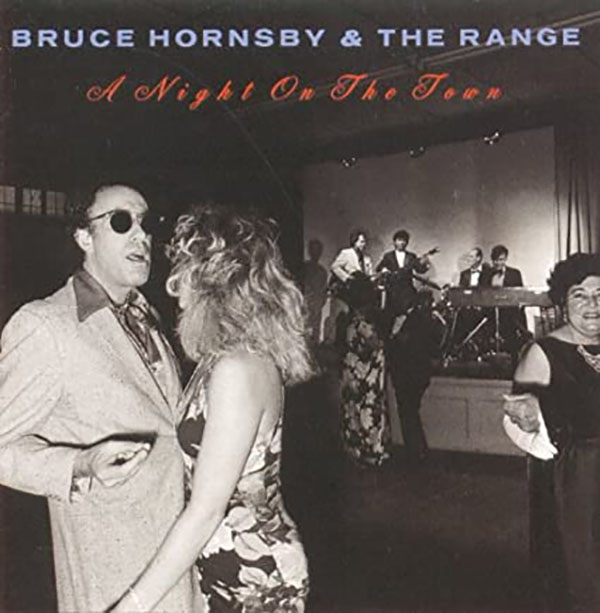
Hornsby: But from then on, nothing. I’ve had no [studio album] cover appearances until now, on ’Flicted. I thought I would reappear, waving to whoever’s looking at it — and you could take that one of two ways. One is, “Oh, here I am, back again, all these years later. Hello!” Or it could also be taken as, “You know what? I’ve had enough of this. Goodbye. This is my swan song.” You can take it however you like. If that’s what the future holds, then that’s it.
Mettler: Well, I’d rather say hello to the next phase of your career rather than goodbye, so you can’t go anywhere. I’m sorry, but I have to request we keep you around for a little bit longer.
Hornsby: Ahh, look, I think your request will clearly be granted, because I’m almost finished with the next record, which is a very special record. It’s a record with the chamber ensemble yMusic. Just seven people — those six pieces in that group and me, and that’s it.
Mettler: Cool. I’m looking forward to hearing that one when the time comes. Okay, here’s the last thing for you to ponder before we go. Now, you and I are probably not here on the planet 50 years from now, but what does a listener in 2072 think of Bruce Hornsby’s music at that time? What do you think that legacy is going to be when your music is played long after you’re no longer around for it?
Hornsby: Wow, who could say? What do I hope for my music? I hope it holds up. I hope there’s a timeless quality about it. I hope it doesn’t feel like, “Here’s someone who was trying to chase the trends of the day around and around,” because I’ve never done that.
So, yeah — I just hope it holds up on a soul level, on a content level, on a sonic level, on a harmonic content level, and a musical content level — all those areas. I hope it’s not found wanting, even 100 years from now, in 2122.

BRUCE HORNSBY: ’FLICTED
180g 1LP (Zappo Productions/Thirty Tigers)
SIDE A
1. Sidelines
2. Tag
3. The Hound
4. Too Much Monkey Business
5. Maybe Now
6. Bucket List
SIDE B
1. Days Ahead
2. Lidar
3. Is This It
4. Had Enough
5. Simple Prayer II
6. Point Omega



